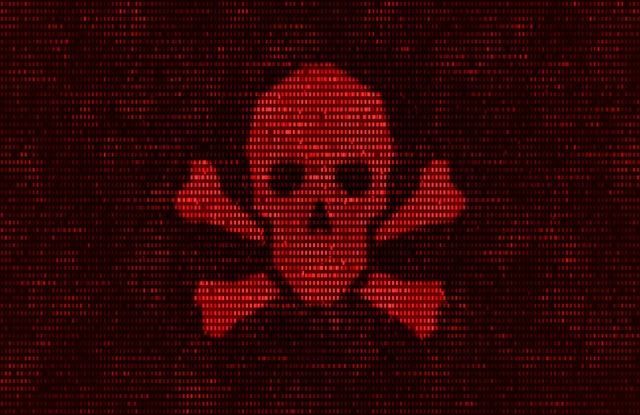A zero-day threat aka a zero-hour threat. They are attacks that do not match records of known operating system malware. A zero-day attack happens when a zero-day infects the software and increases the insecurity of the system and at the same time, remains unknown to parties that would otherwise be interested in ways to get rid of them.

It seeks to exploit vulnerable software by attacking the backdoors that have not been noticed. To better aid cyber security, programmers are seen constantly rewriting and patching up existing programs when they notice a flaw that could be used by hackers or malicious persons. Sometimes, before they get to do this, they are noticed by other parties.
Certain persons who notice this error could proceed to exploit it by writing a secondary code and implementing them. These are referred to as zero-day exploit codes.
What makes zero-day codes most threatening is the fact that they are usually unknown by even the best virus detection software until they enter the system. Only the writer of the malicious code knows of its existence and they could stay on a network until the hacker is ready to attack or until the flaw is noticed by developers and corrected.
The end game of zero-day codes aside from being a threat to internet security or cyber security is that persons create exploit codes to steal documents and data or find a means to collect money from companies or persons.
Examples of Zero-Day Attacks
From the breach in browser security, top companies have become a pray for Zero-Day attacks from Microsoft to IOS between 2010 and 2021.
IOS was attacked sometime in the year 2020 not once but twice. Of the two most pronounced times iOS was the victim of a zero-day vulnerability attack, one featured a zero-day bug that gave attackers the ability to compromise iPhones remotely.
In 2021, Chrome had its share of attacks from zero-day viruses. This was the result of hackers exploiting the vulnerability from a bug in the V8 JavaScript engine used in the web browser. Although it was later resolved, it sure took a toll on them.
Preventing Zero-Day Attacks
As it concerns zero-day attacks, every second on the clock matters and this is because thousands of data could be stolen or compromised within seconds if proper preventive and recovery methods are not put in place.
The most fundamental preventive plan from this kind of attack is to educate users of a particular network or server. Many of the zero-day attacks do not work independently seeing as they capitalize on the inclusion of human beings and the error they could make.
To avoid making these errors, educate them on the adverse effects of falling victim to it by teaching them online security habits they could use and equipping them with antivirus software both virus protection for mac and virus protection for windows; and how antivirus scan works.
Another way to reduce the possible damage from zero-day attacks is to prevent the attacks from coming in the first place. But how is this possible knowing that the existence of a zero-day exploit is known only by the hacker who created them? The security of a network or system could be guaranteed when persons make use of one of the best firewalls and recent antivirus suites.
The work of the firewall would be to monitor the traffic in and out of a network and proceed to reduce any unauthorized entry over the network. What this means is that even when the nature of an attack is unknown, the malware comes in handy by noticing and stopping any suspicious activity coming in or going out of the system. The key is identifying any action that seems malicious from behavior in the system.
This is something like the NIPS. The NIPS is a means to protect the network by constantly monitoring the network of a firm and picking out an unusual activity. Sometimes an antivirus app might not be enough and this is where the network intrusion protection system (NIPS) becomes handy.
The NIPS does not rely on checking software against a known database of threats like antivirus software Australia. It simply requires the patterns of use across a given network to point that there has been a change in the pattern. It requires no new intel or update on the latest attacks and once this change is detected or flagged down, it takes actions to alert administrators to lock down the firewall before irrecoverable damage is done.
Asides from all that has been mentioned, it is advisable to make use of IPsec. IPsec helps because it encrypts and authenticates all network traffic and by doing so allows a system to identify and segregate non-network. Furthermore, the firewall could be configured to allow only transactions indicated as necessary.
FAQs
- When does a Zero-Day threat stop being a Zero-Day threat?
A zero-day threat loses its value immediately it is noticed by developers and this is because they take up means to patch the vulnerability that was exploited, to begin with.
- Is free antivirus software sufficient to mitigate this kind of risk?
Be it antivirus for iPhone or android, not taking into account whether it is a paid or free antivirus protection download, so far the attack is focused on the element of surprise, the software might not be sufficient to prevent the attack.




